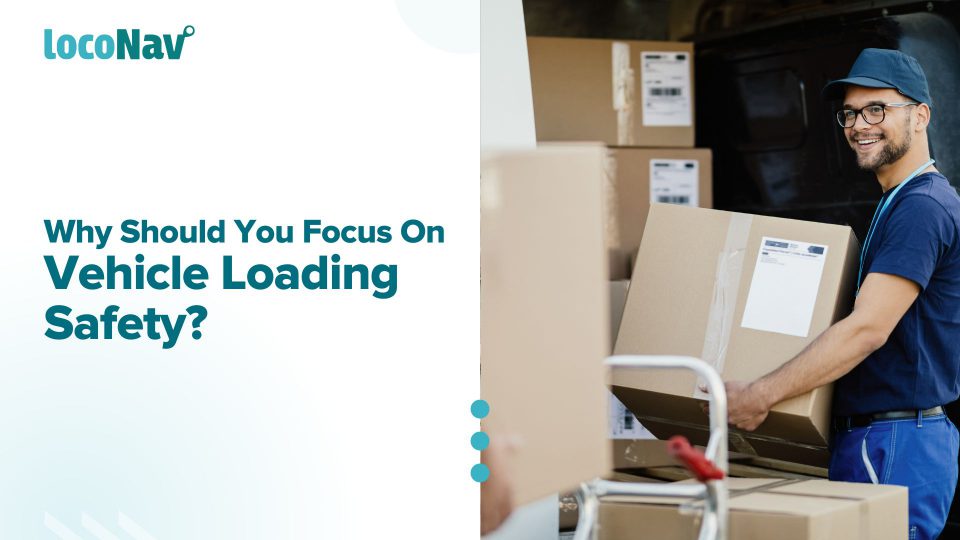

Whether it is goods or equipment loaded onto a truck, or simply boxes on the front seat of a company car, remember that there is always a safe way to secure. An insecure load can cost you in a variety of ways:
- A driver can lose control of a vehicle, resulting in serious implications for both the driver and other road users,
- Damaged vehicles and cargo.
- If drivers are not adequately instructed on how to drive while delivering goods and materials, they may engage in risky practices, putting even a securely secured load at risk.
When moving goods, fleet managers and drivers must follow correct loading and unloading procedures to keep the road safe for everyone. Certain guidelines emphasize how things should be safely loaded and unloaded. It is critical to secure your load whether you drive a van, a work car, or a heavy goods truck.
This blog will go over the necessity of vehicle loading safety and the fundamentals of safe vehicle loading and unloading and load securing solutions.
Manage your fleet efficiently with LocoNav’s Fleet Management Solutions!
Why is Load Securing an Important Consideration?
- The dynamics of load securing differ slightly based on the mode of transportation used.
- The purpose in all circumstances, however, is to ensure that the load does not move throughout acceleration, deceleration, or direction changes. This also prevents goods from touching together.
- This friction may cause packaging damage, causing the items to be damaged or go loose within the transportation container or truck.
- If the company is transporting fluids and the weight moves, the containers may be damaged to the point where the liquid begins to leak.
- If this substance is in any way toxic, it could cause irreversible damage to the ecosystem around the shipping crates. Thus, proper load securing also protects the environment.
Practices To Optimize Loading And Unloading Process
Here is a list of best practices for vehicle loading safety:
- Loaders are required by the safe loading of vehicles code of practice to spread the loads as equally as possible when loading or unloading. Unsteady cars are difficult to steer and might cause accidents.
- You must guarantee that your fleet drivers and supervisors understand how to secure loads. Allow your fleet drivers and managers to receive training on the safe loading of vehicles’ code of practice.
- When loading mechanical equipment or big moving cargo, use safety equipment.
- Heavy loads should be balanced on the securing load system so that the entire weight of the load does not impair vehicle movement and safety while braking. Fleet drivers and management must ensure that the load weight does not exceed the recommended limit.
- Check the loading area’s floor to ensure safe vehicle loading and unloading. Collect any debris or damaged boarding that you find. Debris and damaged boarding can produce imbalanced loads, which can lead to serious accidents.
- Fleet management and drivers should use pallets when packaging cargo. The pallets must be in good shape in order to secure the cargo.
Key Takeaway
You must invest in vehicle loading safety since it has the capability to
- Reduce repair and maintenance and component replacement costs caused by vehicle overloads.
- Reduce mileage by prohibiting excessive vehicle degradation and hauling illegal loads.
- Bring in severe operational limits for freight transportation clients, displaying information on the onboard display about exceeding the maximum rated axle weight.
- Help you stop paying overloaded vehicle traffic fines.
